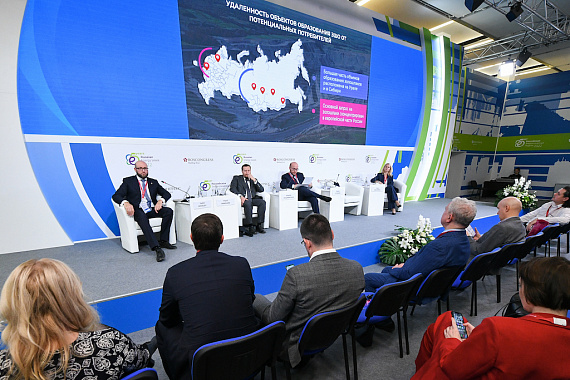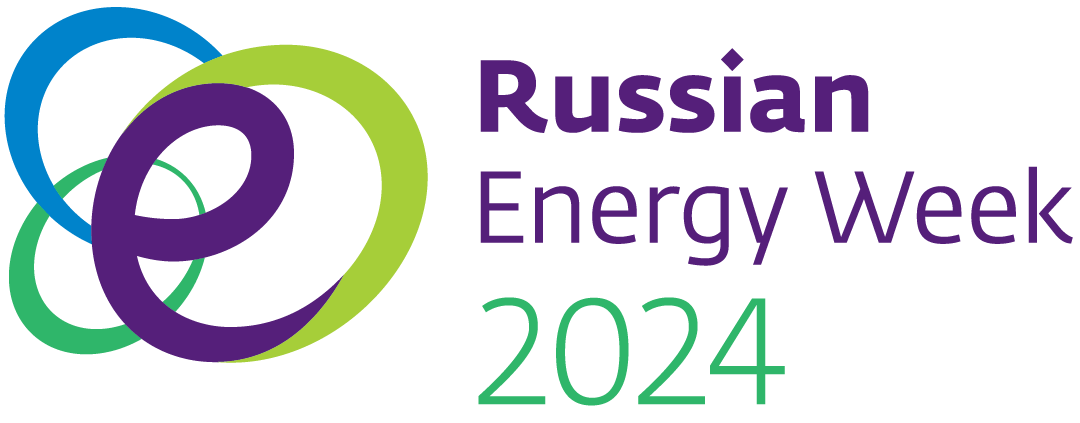Ash and Slag Wastes at Thermal Power Plants: How Can Energy Become the Solution?

KEY CONCLUSIONS
Interest in ash and slag waste as a raw material grows worldwide every year
“Of the 9 million tonnes of ash and slag waste we produce per year, 6% – maybe 7% this year – we manage to sell with high added value. Another 20–21% of ash and slag waste is exported for mining and construction [activities, – Ed.]. Overall, we recycle about 25% of the ash and slag waste we generate,” Stephan Solzhenitsyn, Chief Executive Officer, SGK; Member of the Board of Directors, SUEK.
“Ash and slag waste in Indonesia, especially when disposed of, cause many problems. There are two types of interests – environmental on the one hand and energy on the other,” Pudji Untoro, Professor, Surya University; Former Member of National Energy Council of Indonesia (2017–2019).
“Economic motivation is the best here,” Pavel Snikkars, Deputy Minister of Energy of the Russian Federation.
PROBLEMS
Low awareness and involvement of industries in the use of ash and slag waste
“One of the main difficulties <...> is that there is not enough of an imperative that sectors of the economy such as road construction take on this subject in a meaningful way, not at the level of principle, but at the level of needs, of specific types of roads,” Stephan Solzhenitsyn, Chief Executive Officer, SGK; Member of the Board of Directors, SUEK.
“We have low awareness of all these possibilities [of wash and slag waste application, – Ed.],” Pavel Snikkars, Deputy Minister of Energy of the Russian Federation.
The cost of delivering ash and slag reduces their competitiveness with consumers
“We are limited by the radius: it is possible to take ash and slag waste 10 km away, it is very difficult to take it 30 km away. More than a third of our ash is produced in the Urals and has access to large construction sites in the western part of our country by railway. <...> But that’s where the standpoint of the railway comes in. <...> The direct monopolist always says that he assumes a certain volume. Otherwise, why would he give a discount on it? There will definitely be no volume here, unless pricing is done in such a way that millions of tonnes a year go to St. Petersburg, Moscow or the south of European Russia,” Stephan Solzhenitsyn, Chief Executive Officer, SGK; Member of the Board of Directors, SUEK.
“The ash and slag waste itself is practically free. The producer is ready to give it away for free, apart from the minimal cost of handling. But delivery from the ash and slag waste production sites – the power plants – can increase its cost several times. Tariffs of the Russian Railway are a serious problem not only for ash and slag waste, but also for all construction materials,” Oleg Sukharev, Executive Director, Union of Concrete Producers.
SOLUTIONS
Creation of an interactive map will enable communication between ash and slag waste producers and consumers
“We see the formation of an interactive map. We are working on this issue with the Ministry of Energy. The map can and will show active ash dumps with their chemical compositions and all those factors that are needed to assess demand and potential. Then we will map the consumers to ensure the symbiosis – to find the consumer and the producer. I think that by the end of the first quarter of next year the map will be launched,” Irina Zolotova, General Director, National Association of Secondary Material Application.
Automobile construction and building materials production may become the main consumers of ash and slag waste
“In terms of volume, construction materials and road construction are the two most important [potential consumers, – Ed.]. There is potential application in agriculture, but we are still a long way from that,” Stephan Solzhenitsyn, Chief Executive Officer, SGK; Member of the Board of Directors, SUEK.
“A lot of experience in using [ash and slag waste, – Ed.] in constructionof highways, including those of regional importance. The concept used by colleagues in the framework of international experience is the concept of effective radius, where exactly this material should be used in the nearby areas from the burial site. All the more so, there is an analogue in Russia as part of measures to support renewable energy. When we were previously forming a scheme for the development of electric power in hard-to-reach isolated areas, we compared any technical solution for power supply to that of a renewable energy facility. At the same time, I think here we should also do and try to assess the economics, to make designers at the level of basic calculations compare with the possibility of using materials within the effective radius of ash and slag waste,” Pavel Snikkars, Deputy Minister of Energy of the Russian Federation.
“Today we set ourselves the task of multi-tonnage use of ash-and-slag mixtures. For this purpose, we have conducted a major work with the Siberian Road Institute [Siberian State Automobile and Road University, SibADI, – Ed.] who together with us analyzed ash-and-slag mixtures and suggested technologies for roadbed construction. <...> Together with SibADI, we developed roadbed technologies,” Vladislav Polochansky, General Director, TGC-11.
“At present, the use of ash and slag waste is not widespread in concrete production, despite their obvious promise as an active mineral additive, on a par with blast-furnace granulated slag. Advantage of ash-and-slag materials is obvious at building materials manufacturing: it is cost efficient because their application as an active additive allows to lower cost of a concrete mix at the expense of cement reduction. <...> Also, environmental friendliness of these products is important and relevant in the light of tightening environmental legislation and the popularity of green agenda,” Oleg Sukharev, Executive Director, Union of Concrete Producers.
For more information, visit the Roscongress Foundation’s Information and Analytical System roscongress.org and the official Forum website rusenergyweek.com.





